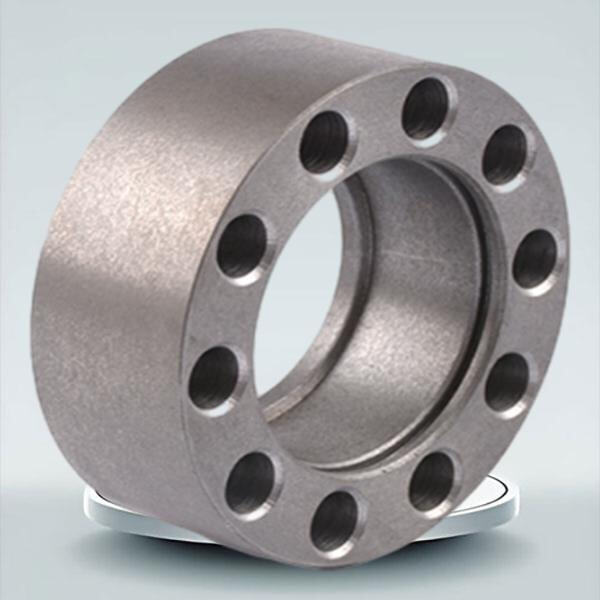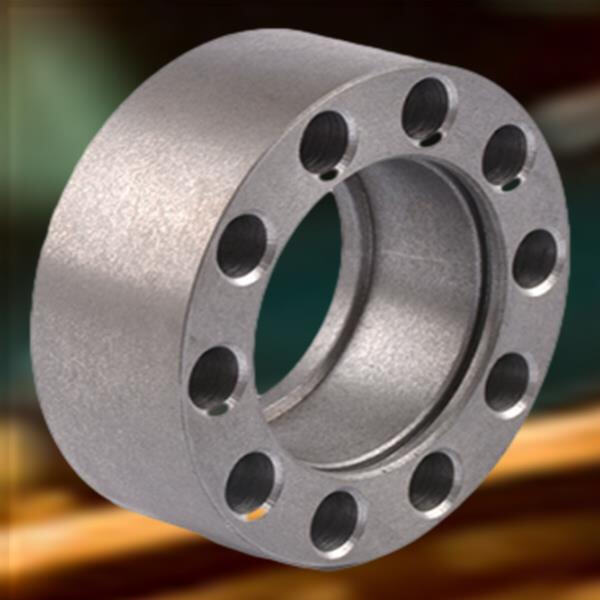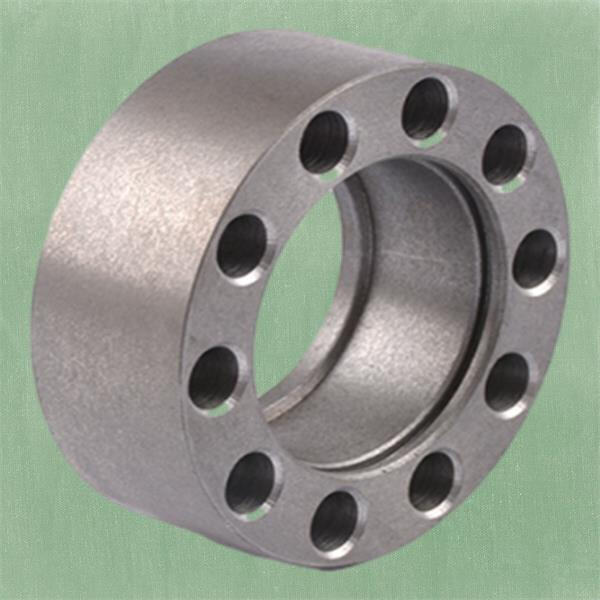AGR: Industrial sand casting is a cool process that is how many things you encounter in your daily life are produced. It uses sand to shape the molds that hold hot metal, which can be molded into various sizes, forms. So, let’s find out how industrial sand casting works, what materials are used, why its good for making things, where is is used, how we check for quality, and how it can be better for the environment.
The sand casting process begins with a pattern of the object that is going to be manufactured. The pattern is placed in a box filled with sand. Sand is compacted to shape a mold. When the mold is removed, it creates an impression that matches the pattern. After that, hot metal is poured into the mold. It cools, solidifying into a pattern.| Once the metal solidifies, the mold is cracked open to reveal the final object.
They include sand, binders and additives. It’s typically made of silica sand that can stand extremely high temperatures without melting. Binders help hold the sand together to keep its shape during casting. Additives are sometimes included to help strengthen the mold or make fewer holes in it.
Industrial sand casting has one great advantage: it can create complex shapes that are hard to obtain by other processes. It’s also economical and effective at producing large numbers of parts efficiently. Because the molds are reusable, that saves material and time.

Many industries use industrial sand casting: cars, airplanes, construction, etc. In automotive, sand casting is used to manufacture engine blocks and other components. In the airplane industry, it is utilized to manufacture components for aircraft and spacecraft. It makes metal fittings and fixtures in construction.

In industrial sand casting, quality control is the most crucial element. It involves verifying the cast objects are produced right. That may mean shining a light on them, measuring sizes, checking for defects like holes or foreign materials. For instance, x-rays and ultrasound are used to locate issues within the cast shapes.

And when it comes to sand casting, the environment is another consideration. When sand and other materials are thrown into the dusty sky, it can endanger natural resources. We can help reduce waste by recycling materials where we are able to. Also, utilizing cleaner approaches, such as water-based binders, can improve their environmental impact in the casting process.

